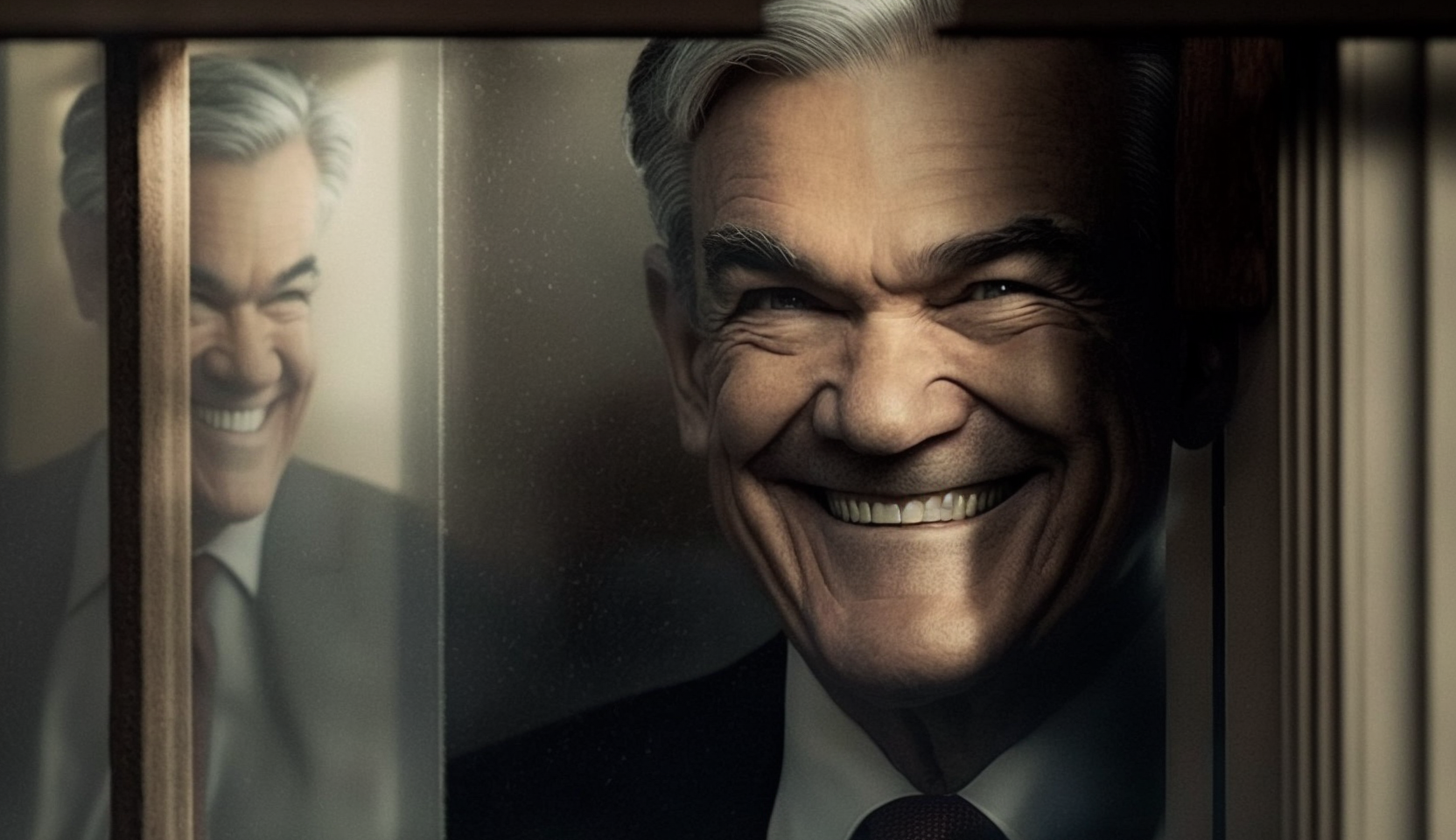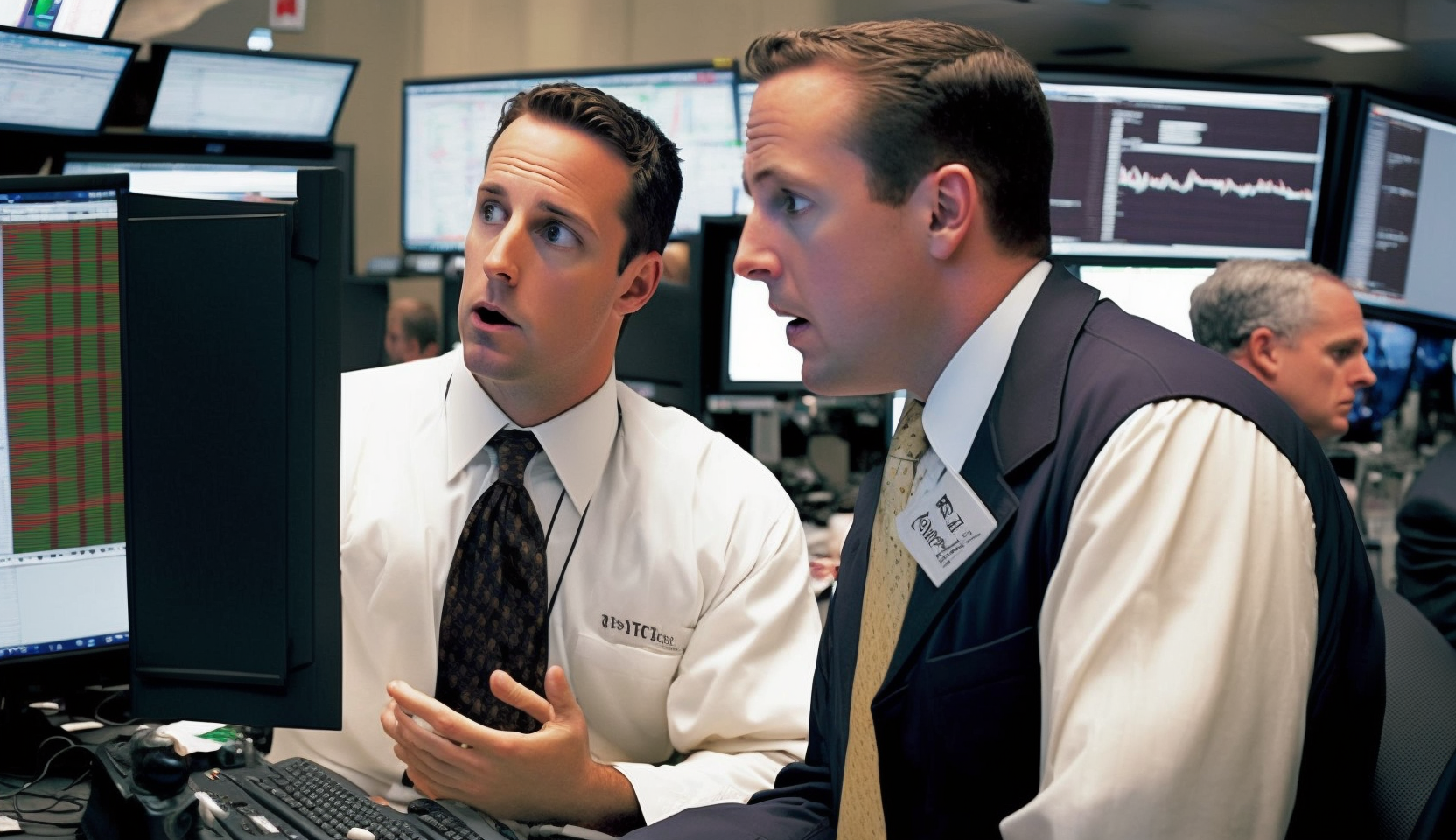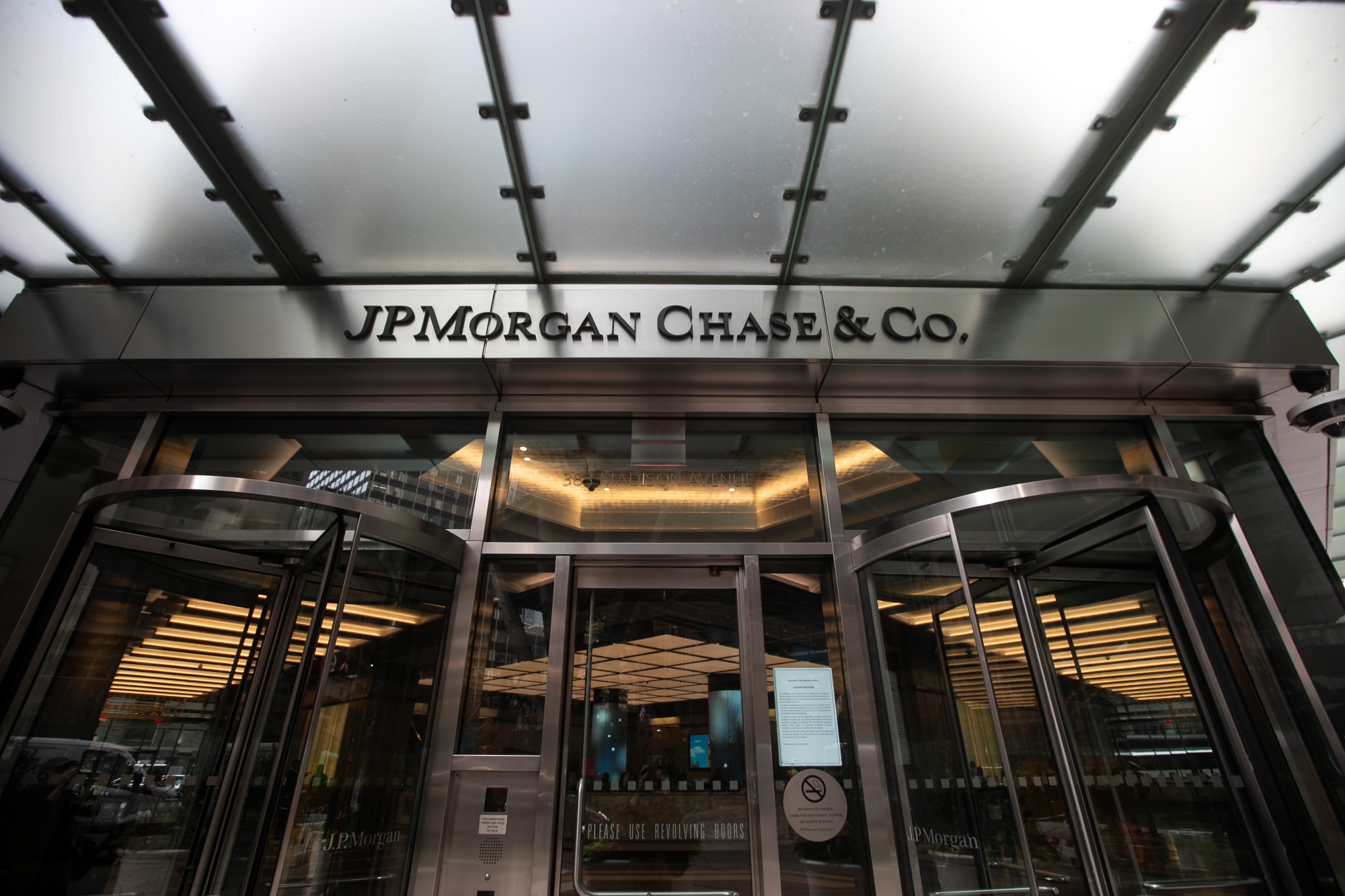The U.S. job market continues to display remarkable resiliency, even as the blistering pace of hiring has started to moderate from the torrid levels seen over the past couple of years. The latest employment data suggests that while businesses may be tapping the brakes on their aggressive hiring sprees, the overall labor landscape remains favorable for job seekers.
According to the ADP National Employment Report released on March 6th, private sector employment increased by 140,000 jobs in February. While this figure fell short of economists’ projections of 150,000 new jobs, it represents a solid uptick from the upwardly revised 111,000 jobs added in January. The leisure and hospitality sector led the way, tacking on 41,000 positions, followed by construction (28,000) and trade, transportation and utilities (24,000).
The ADP report, which is derived from payroll data, serves as a precursor to the highly anticipated monthly Employment Situation report issued by the Bureau of Labor Statistics (BLS). Economists anticipate that the BLS data, set for release on March 10th, will reveal an even more robust job gain of around 198,000 for February.
This sustained momentum in hiring underscores the enduring strength of the U.S. labor market, even as the Federal Reserve’s aggressive interest rate hikes aimed at taming inflation have stoked concerns about a potential economic downturn. The resilience of the job market has been a crucial bulwark against recessionary forces, buttressing consumer spending and overall economic growth.
However, there are signs that the once-blazing hot job market is starting to cool, albeit in a relatively controlled and gradual manner. The number of job openings, a key indicator of labor demand, has steadily declined from its peak of 12 million in March 2022 but remains elevated at nearly 8.9 million as of January, according to the latest Job Openings and Labor Turnover Survey (JOLTS) report.
This gradual tapering of job openings suggests that employers are becoming more judicious in their hiring practices, potentially a reflection of the broader economic uncertainty and the lagging effects of the Fed’s rate hikes. Nevertheless, the fact that openings remain well above pre-pandemic levels highlights the continued tightness of the labor market.
Moreover, the JOLTS data revealed a modest decline in the number of voluntary quits, often viewed as a barometer of workers’ confidence in their ability to secure better employment opportunities. While still historically high, the dip in quits could signal that some of the exceptional job-hopping dynamics that characterized the pandemic era are beginning to normalize.
From an investor’s perspective, the persistent strength of the job market, coupled with gradually decelerating inflation, presents a Goldilocks scenario – an economy that is neither running too hot nor too cold. This environment could potentially extend the current economic expansion, providing a favorable backdrop for corporate profitability and stock market performance.
However, investors should remain vigilant for any signs of a more pronounced slowdown in hiring or a significant uptick in layoffs, which could presage a broader economic downturn. Moreover, the Fed’s policy path remains a crucial variable, as overly aggressive rate hikes aimed at vanquishing inflation could potentially undermine the job market’s resilience.
Overall, the latest employment data depicts a job market that, while losing some of its blistering momentum, remains remarkably sturdy and continues to defy expectations of an imminent downturn. For investors, this Goldilocks scenario could prolong the economic cycle, but close monitoring of labor market dynamics and the Fed’s policy trajectory will be essential in navigating the road ahead.












